 Nenyaki ©2008
Nenyaki ©2008 But I have decided that it is time for me to escape the thesis induced black-hole and re-enter the world of my blog. I do happen to have a plethora of ideas to write on –the issues surrounding self-promotion in science or last month’s Alaska Marine Science Symposium, and minke whales could always do with more attention. But instead I have decided to start a series of blog posts entitled “Sunday Science Somethings”. I have adapted and borrowed the Sunday Something idea from my sister, who wrote a fun blog about all things pretty and beautiful. My adaptation will also talk about beautiful things, however, you will have to expand your definition of beautiful because I plan to share amazing, exciting, and fun science stories –most of which I suspect will be marine focused as that is my thing. But science itself is a beautiful thing so borrowing the title from my sister’s blog on beautiful things seemed appropriate –and as an added bonus she is happy to let me use it!
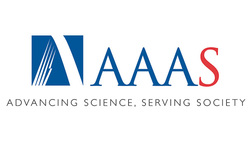
This might seem like a completely outlandish exercise to many, who on earth thought one could count whales from space? But as I saw links to the article appear in my twitter and facebook feeds and the story highlighted by the likes of the BBC, I remembered the time I was checking out the Beaufort Sea with Google Earth –I had a short lived moment of over excitement as I discovered what I thought was a whale’s tail fluke.... on a closer inspection in turned out to be boat. Needless to say the fact that scientists have now been able to show that high resolution satellite imagery (obviously Google Earth is not quite high tech enough. Yet.) can be used to count whales is utterly cool and I feel just a little bit vindicated for my Google Earth “discovery”.
As with aerial surveys the methods presented in this paper can only count whales that are at or near the surface and so will always be subject to a bias –because whales only spend a small proportion of their at the surface. But with an understanding of how much time whales spend at the surface and how long they dive for we can try to overcome this bias. For aerial and ship based sightings this is achieved by calculating correction factors –essentially these are the probability that a whale will be at the surface when that patch of sea surface is in view of an observer. The number of whales detected in the survey –or image is then multiplied by this correction factor to give a better estimate of how many whales are actually present in the area. My thesis work has developed availability correction factors for aerial surveys that are recording bowhead whales in the Beaufort Sea and these methods could also be adapted to help correct the counts of whales achieved through the use satellite imagery. Essentially this idea of counting whales from space is advancing aerial survey techniques into the next sphere... the exosphere and even beyond that into space.
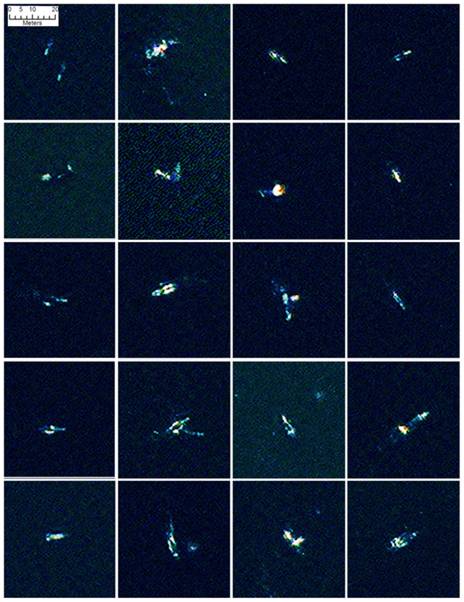
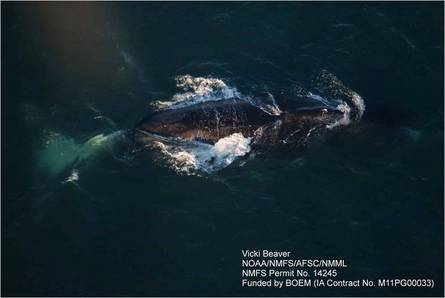
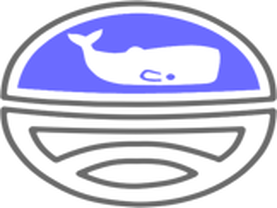
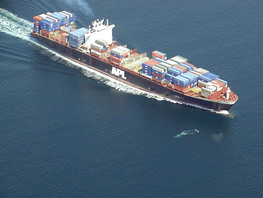


 RSS Feed
RSS Feed